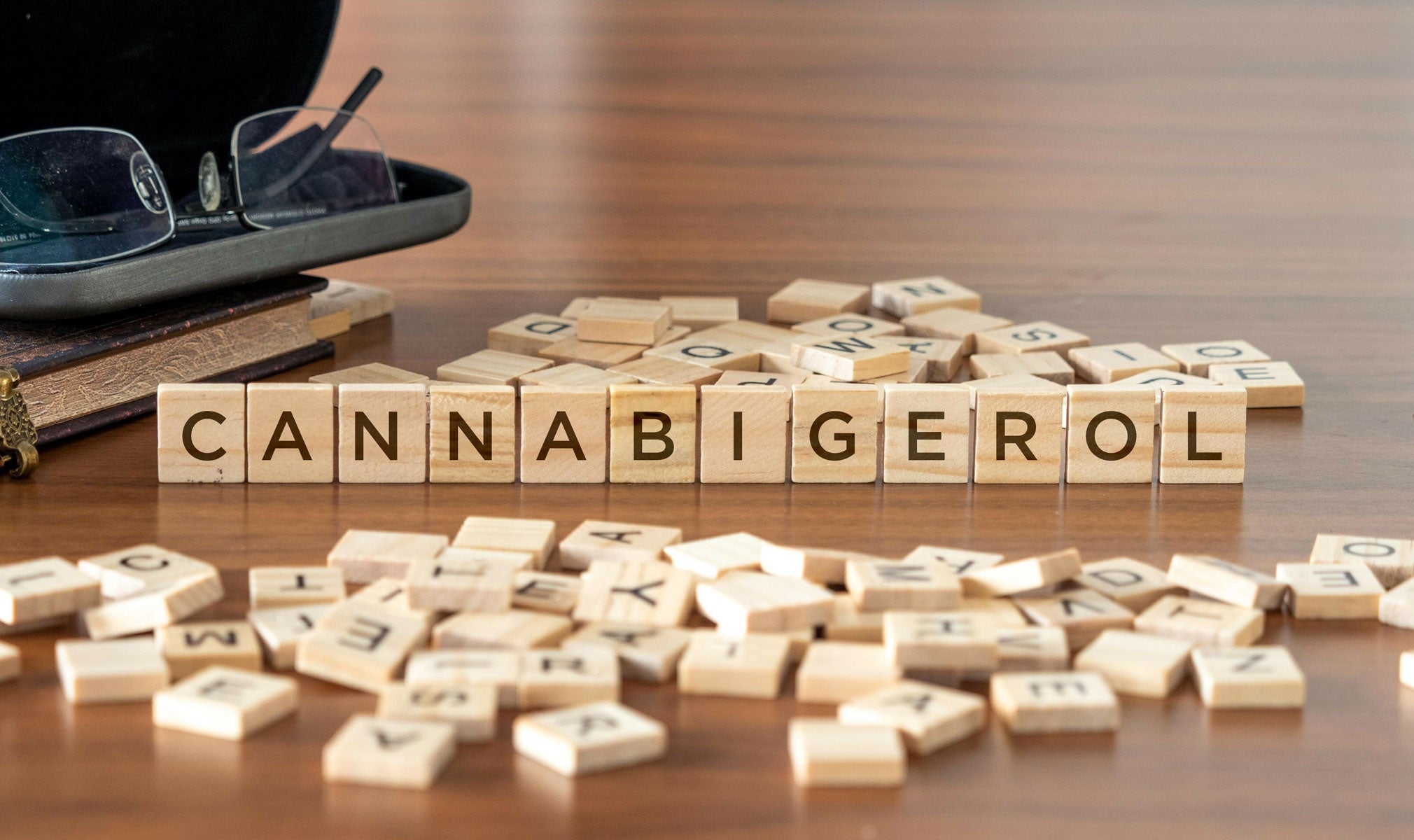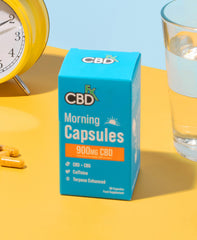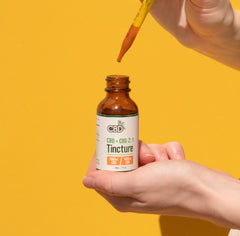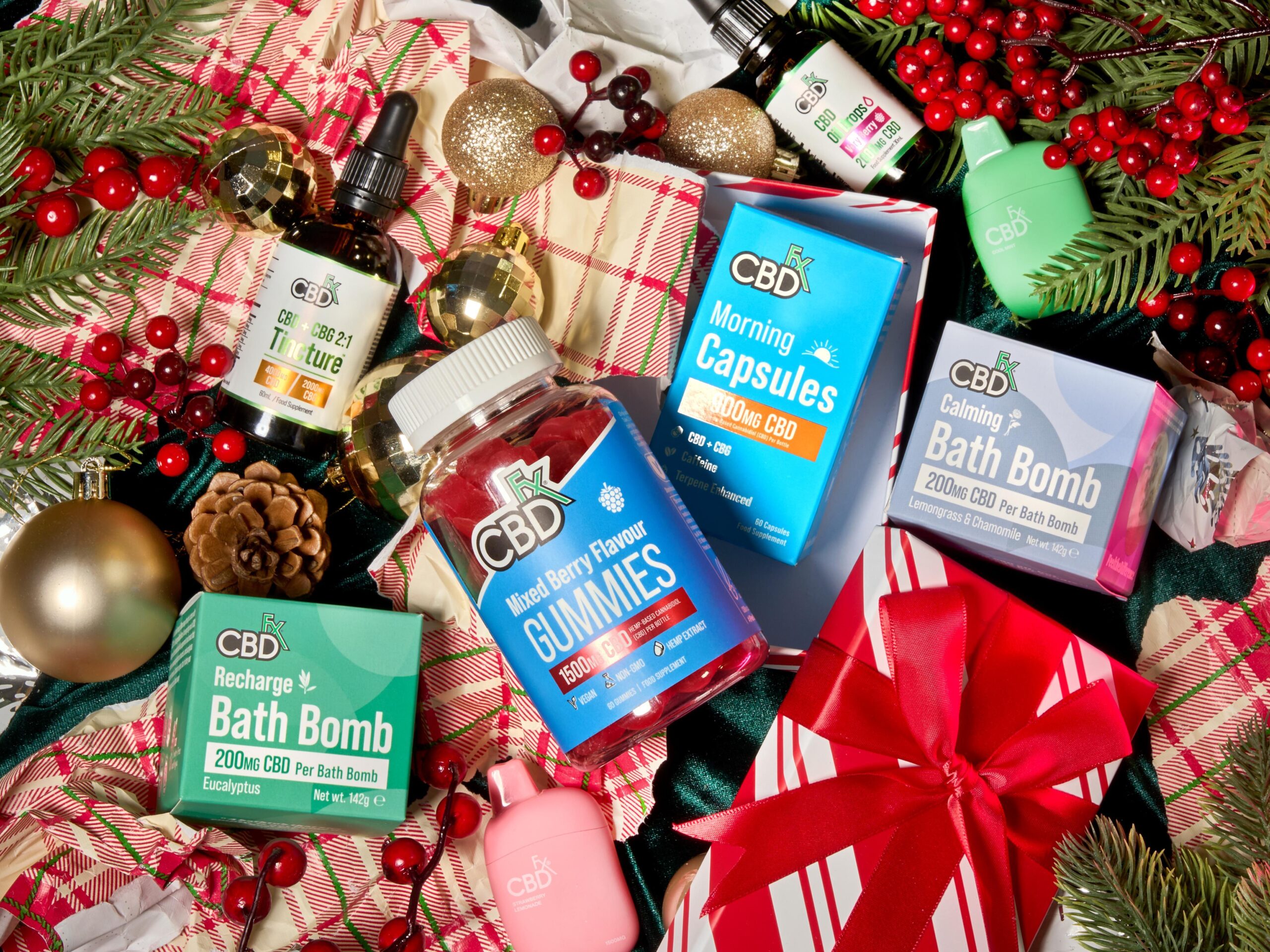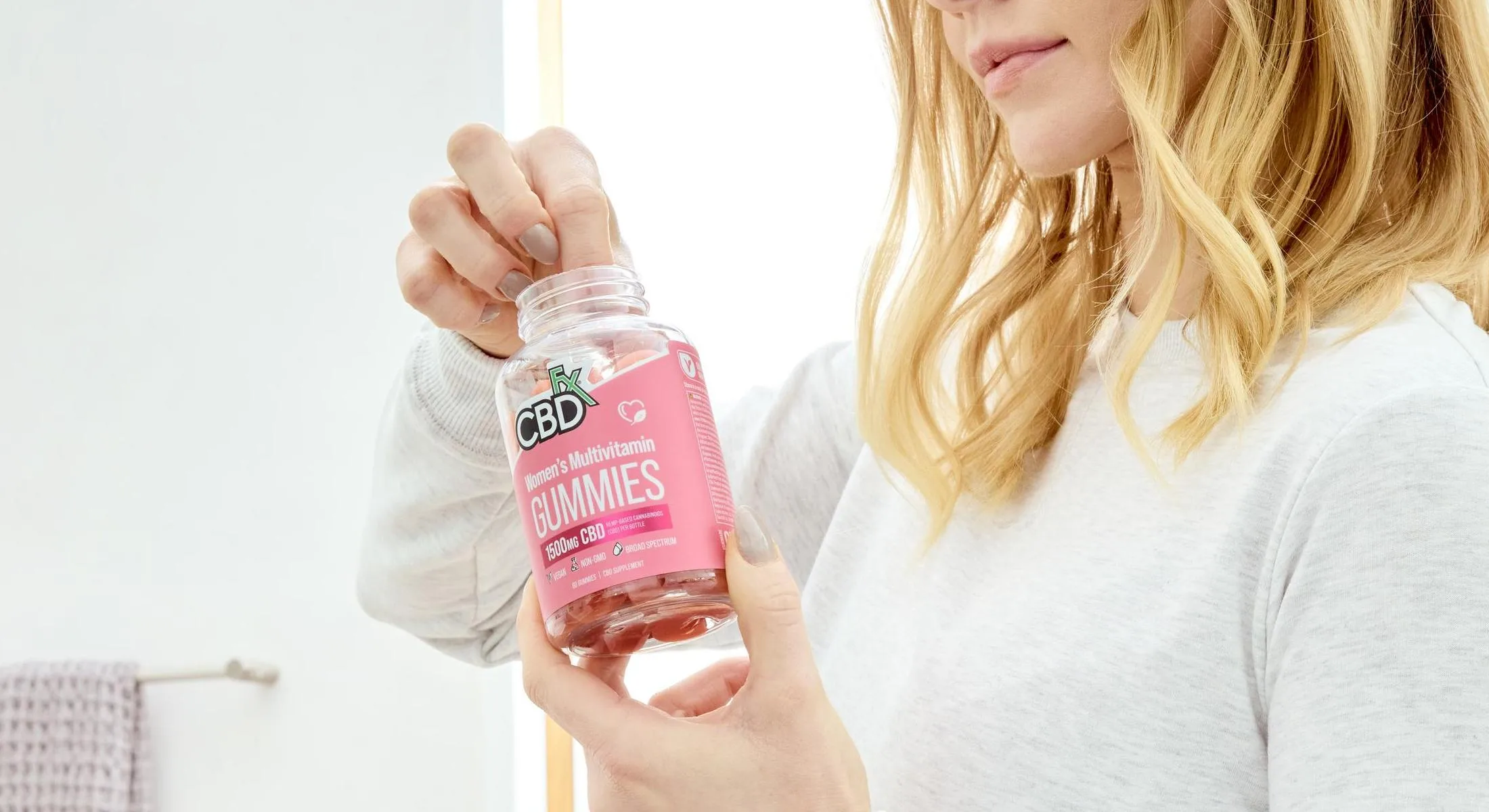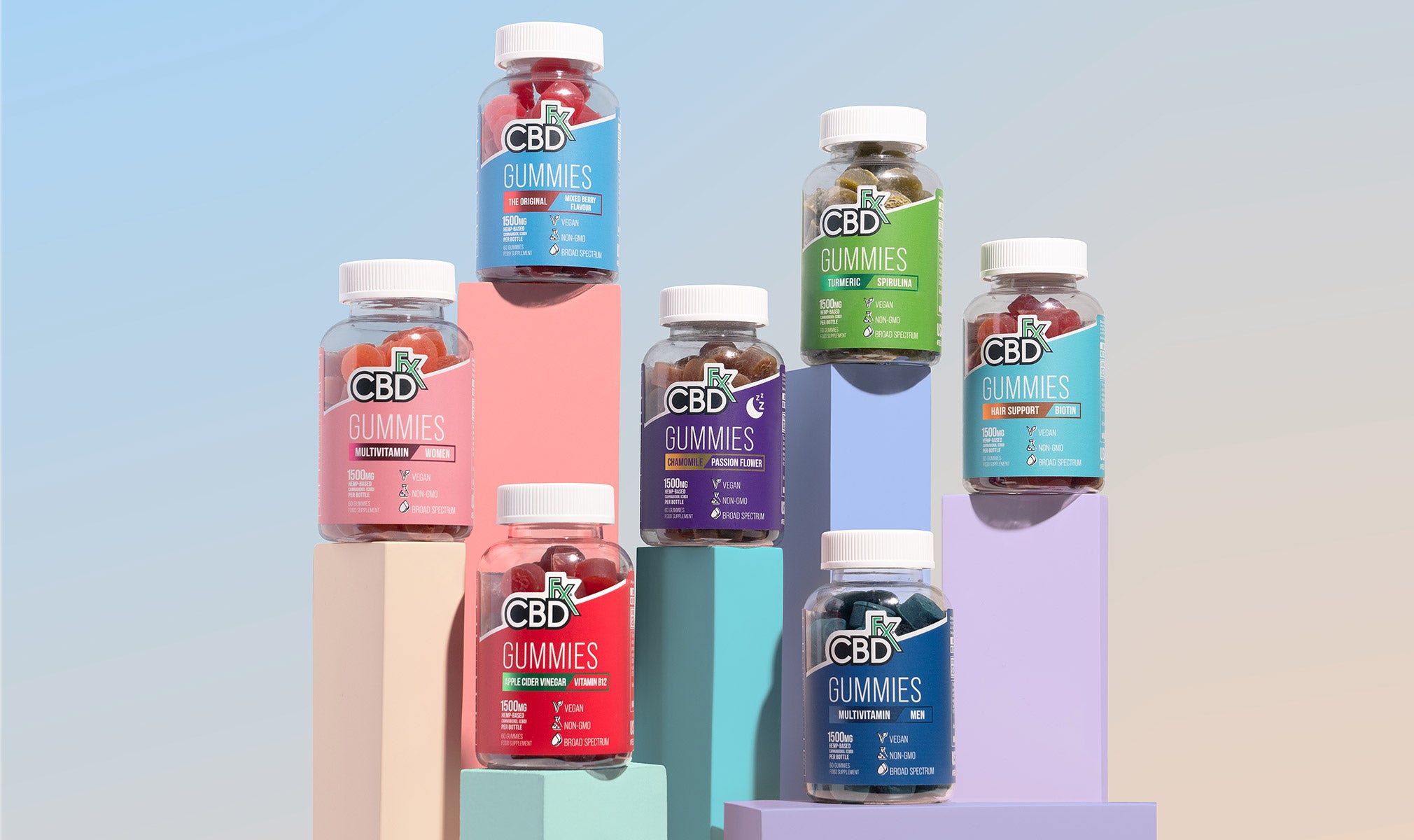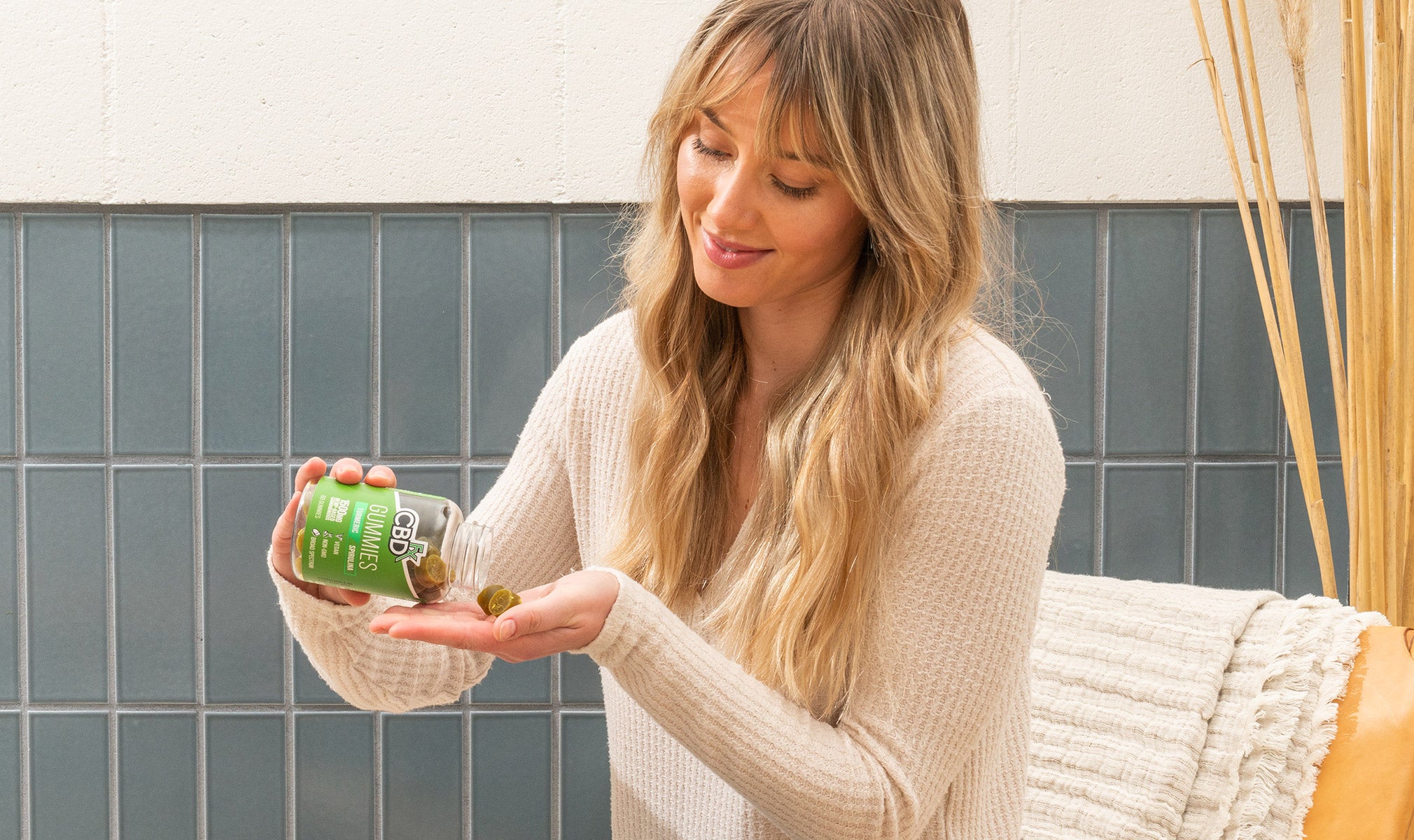While CBD has dominated the hemp headlines for some time, its lesser-known but potent sibling CBG is beginning to make a name for itself.
CBG, or cannabigerol, is a molecular compound found in the hemp plant. One reason we don’t hear about it as much is because CBG is much rarer and appears in smaller concentrations than CBD. Only 1% appears in most strains of hemp, compared to 20–25% of CBD.
If CBG occurs naturally in such small amounts and we haven’t heard much about it, can this cannabinoid really offer many benefits? Let’s take a look.
Cannabinoids

CBG, like CBD, is a cannabinoid. Cannabinoids are chemical compounds that occur naturally in the hemp plant.
Neither CBD nor CBG is psychoactive, meaning they do not cause a “high.” Rather, they interact with receptors in our endocannabinoid system. This system is closely interlinked with our central and peripheral nervous systems, as well as systems that control balance, digestion, immune response and more.
CBG and CBD interact with different receptors in different ways, meaning they offer different but complementary therapeutic benefits that grow stronger when they work in concert. That’s what we call the Entourage Effect.
So, what is CBG and how does it differ from CBD?
The acidic form of cannabigerol, called CBGA, is a precursor for CBD and many other cannabinoids. That means that certain enzymes within the hemp plant interact with CBGA to create CBD, CBN, and other cannabinoids.
CBG is the non-acidic version created when heat is applied to CBGA.
What Does CBG Do?
How is CBG different from CBD? What does cannabigerol do, and what does it do when combined with CBD?
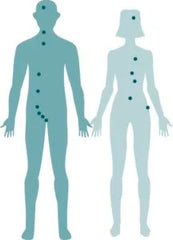
As with CBD, the scientific studies of CBG are ongoing and results are still coming in. CBG is being studied for its therapeutic effects on various conditions, but there are no conclusive results to cite. Currently, scientists are studying CBG in relation to inflammatory bowel disease, glaucoma, bacterial infections and more, although they have no final results.
We do know that CBG imitates endocannabinoids, which are similar to the cannabinoids produced by hemp, but created by our own bodies. Our bodies produce two endocannabinoids, AEA (anandamide) and 2-AG (2-arachidonoylglycerol). Endocannabinoids and cannabinoids interact with the CB1 and CB2 receptors in our bodies.
CBG bonds with CB1 receptors in our brain, vascular system, lungs and more. It also bonds with CB2 receptors found in the immune system, bones and reproductive system.
In much the same way we combine CBD with other co-stars to create more complex therapeutic effects, CBG is often combined with CBD.
When combined with CBD, the effects of both cannabinoids are increased, due to something called the Entourage Effect. This is a synergistic reaction between cannabinoids where each compound maximises the other.
When CBG and CBD are combined with terpenes, or the compounds that cause aroma and taste, the Entourage Effect is enhanced even more.
How to Know if CBG Is Right for You
While you may know people who swear by CBG for specific benefits, you may wonder if it’s right for you.
How to Find the Best CBG
As with any supplement, you want to be sure the CBG and CBD you ingest is high quality.
Cleanly cultivated hemp is the most important place to start. Hemp is a phytoremediator — that means it cleans the soil, air, and water around it by sucking up toxins. Those toxins end up in the plant.
You want hemp that comes from pesticide-free farms with soil free of heavy metals and other pollutants.
Also, choose products with a third-party lab report. This tells you exactly how much CBG or CBD you’re getting in your product, along with everything else that appears in it, from pesticides to mercury.
What Are the Best CBG Products?
Fortunately, since CBG is non-intoxicating and safe, it’s easy to give it a try and find out for yourself.
CBG is commonly found in formulations alongside CBD, in order for the two compounds to do their best work together. If you’re already familiar with CBD and its therapeutic effects, then trying a product that combines CBG with CBD will give you an excellent litmus test for exactly what CBG might offer you.
CBD + CBG Morning Capsules contain a terpene-enhanced blend of CBD, CBG and slow-release caffeine for people seeking the balance of energy and focus needed for a productive day.
If you haven’t tried either CBD or CBG before, you could consider beginning with a CBD Oil Hemp Tincture containing 500mg of CBD. Once you are familiar with how CBD interacts with your system, try replacing the hemp tincture with a CBD + CBG Oil Wellness Tincture, formulated with a 2:1 ratio of CBD to CBG — 500mg of CBD and 250 of CBG.
Note the difference between CBD on its own and CBD combined with CBG, and see what works best for your needs.
Whether you’re a CBD newcomer or expert, CBG is likely still something of an unknown to you. Although it’s called a minor cannabinoid, because it appears in the hemp plant in such small concentrations, CBG is anything but minor in its effects and benefits.
Humans have used hemp for industrial and medicinal purposes throughout the entire history of civilization. As medical research continues to expand the frontiers of science, we’re able to better understand exactly how cannabinoids benefit our bodies.
From headline-grabbing CBD to the darkhorse CBG, we’re only beginning to tap the enormous therapeutic potential of hemp.
Ready to incorporate CBG into your daily regimen? Try our health-boosting CBD + CBG Morning Capsules!
